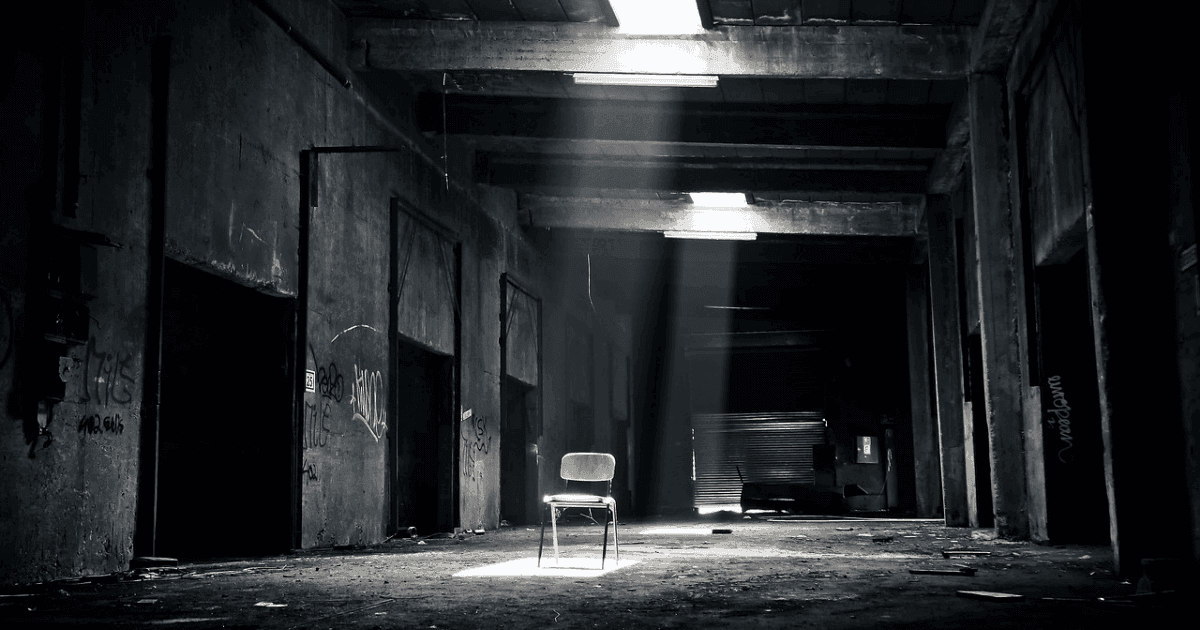The Evolution of The Slasher: From Psycho to Hereditary
The Evolution of The Slasher: From Psycho to Hereditary
A Deep Dive into the Changing Face of Horror Cinema
In 1960, Alfred Hitchcock’s Psycho shocked audiences with a shower scene that would become one of the most iconic moments in horror history. But Psycho did more than just make people afraid to bathe—it helped give birth to the slasher genre as we know it. Over the decades, the slasher has evolved, splintered into subgenres, and fused with psychological and supernatural horror, reshaping itself with each cultural wave.
Let’s trace the bloody footprints of the slasher film from its inception to its most recent haunting metamorphosis in Hereditary.
The Proto-Slasher: Setting the Stage with Psycho (1960)
Hitchcock’s Psycho introduced key elements that would define the slasher genre: a mysterious killer, a high body count, psychological trauma, and victims being picked off one by one. Though Norman Bates didn’t wear a mask or wield a machete, his disturbed mind and the shocking twist of maternal madness became a blueprint for horror to come.
Random Horror Fact – For the famous shower scene in the black and white film Psycho, the filmmakers used watered-down Hershey chocolate syrup for the blood effect. This choice was practical because chocolate syrup was readily available and worked well on black and white film
The Golden Age of Slashers: 1970s–1980s
The 1970s brought darker, more violent offerings. Black Christmas (1974) and The Texas Chain Saw Massacre (1974) gave us anonymous killers stalking and slaughtering groups of victims—often young and isolated. But it was John Carpenter’s Halloween (1978) that solidified the slasher formula: a masked killer (Michael Myers), a final girl (Laurie Strode), suburban dread, and an eerie musical motif.
The 1980s saw an explosion of slasher films. Franchises like Friday the 13th, A Nightmare on Elm Street, and Child’s Play embraced gore, inventive kills, and supernatural twists. These films played with the rules—sex equals death, drugs are punished, and only the virginal survive. The villains became icons, and the kills became increasingly elaborate, if not absurd.
The Meta Era: 1990s and the Self-Aware Slasher
By the early ‘90s, the genre had become saturated and predictable. Then came Scream (1996), Wes Craven’s brilliant deconstruction of the slasher. It was self-aware, sarcastic, and still genuinely terrifying. Scream mocked the tropes while lovingly reviving them, ushering in a wave of smart, meta-horror including I Know What You Did Last Summer and Urban Legend.
The slasher had learned to laugh at itself—and so had the audience.
The Rise of Found Footage and Realism: 2000s
As the 2000s unfolded, slasher horror took a back seat to gritty realism and the found footage boom. The Blair Witch Project (1999) and Paranormal Activity (2007) introduced minimalism and voyeurism, delivering terror through shaky cam and what-you-don’t-see suspense.
Meanwhile, the “torture porn” subgenre, pioneered by Saw (2004) and Hostel (2005), focused on physical pain and moral dilemmas over masked killers. These films played on post-9/11 anxieties and real-world violence in ways that felt deeply unsettling and unrelenting.
The Art-House Revival: The 2010s and the Birth of Elevated Horror
As horror audiences matured, so did the films. A24, a studio synonymous with art-house horror, brought a new wave of slow-burning, atmospheric films that blended family trauma, grief, and existential dread. Ari Aster’s Hereditary (2018) was a game-changer.
While Hereditary isn’t a traditional slasher, it carries the DNA of the genre: a body count, a hidden threat, a psychologically fragile protagonist. But instead of a maniac in a mask, the horror is buried in generational trauma, cultic legacy, and the terror of losing control over one’s life and family. It’s deeply emotional and visually disturbing—marking a shift toward psychological and supernatural horror with a slasher’s emotional weight.
Other films like It Follows, The Witch, and Midsommar similarly recast horror tropes through an arthouse lens, often focusing on grief, isolation, and societal breakdown rather than simple survival.
Slashers Today: Reinvention and Legacy
Modern horror has not abandoned the slasher; it’s reinvented it. Halloween (2018) rebooted the franchise with a grittier tone, grounded in trauma and survivalism. Films like Freaky (2020) and X (2022) pay homage to classic slasher elements while pushing boundaries in theme, diversity, and style.
More importantly, today’s horror filmmakers understand that true fear comes not just from who’s hiding in the shadows, but what those shadows represent—loss, guilt, legacy, and the fragile limits of the human psyche.
Beyond the Knife
From Psycho’s chilling twist to Hereditary’s psychological breakdown, the slasher genre has never stopped evolving. It’s been bloody, campy, self-aware, and introspective. What started as a simple story of a man and a knife has transformed into a mirror reflecting our deepest fears.
The slasher may have changed its mask, but it’s still out there—waiting, watching, and adapting.





